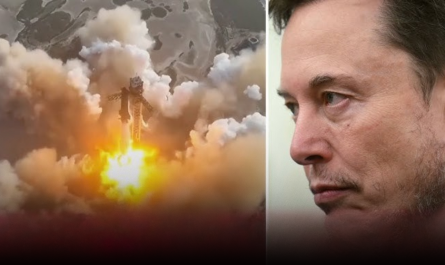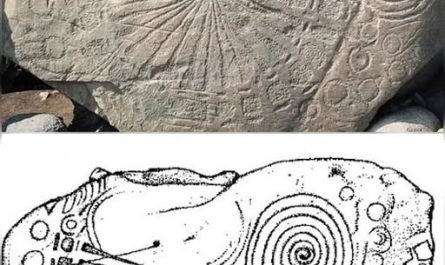Stretching majestically across the East River, the Brooklyn Bridge is more than just a passageway connecting Manhattan and Brooklyn — it’s a living symbol of innovation, perseverance, and New York City’s indomitable spirit. From its groundbreaking construction in the 19th century to its role in modern urban life, the Brooklyn Bridge continues to capture the imagination of millions. Let’s journey through time and explore the past and present of this iconic structure.
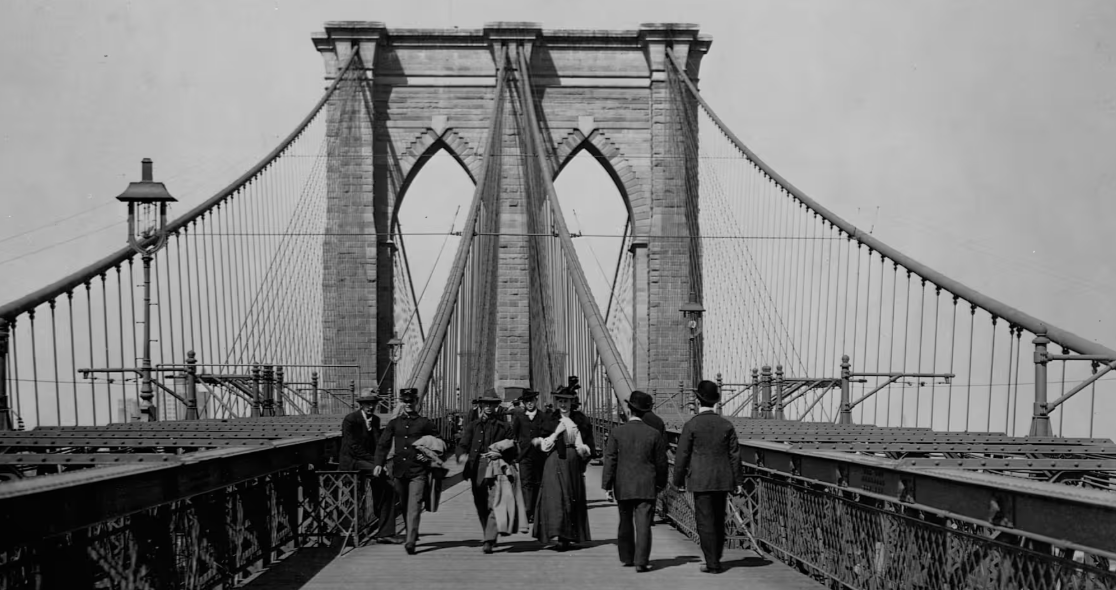
A Marvel of the 19th Century
When construction began in 1869, the idea of building a bridge over the East River was both ambitious and revolutionary. Designed by German immigrant and civil engineer John A. Roebling, the Brooklyn Bridge was envisioned as the longest suspension bridge in the world at the time — an engineering feat that had never been attempted on such a scale.
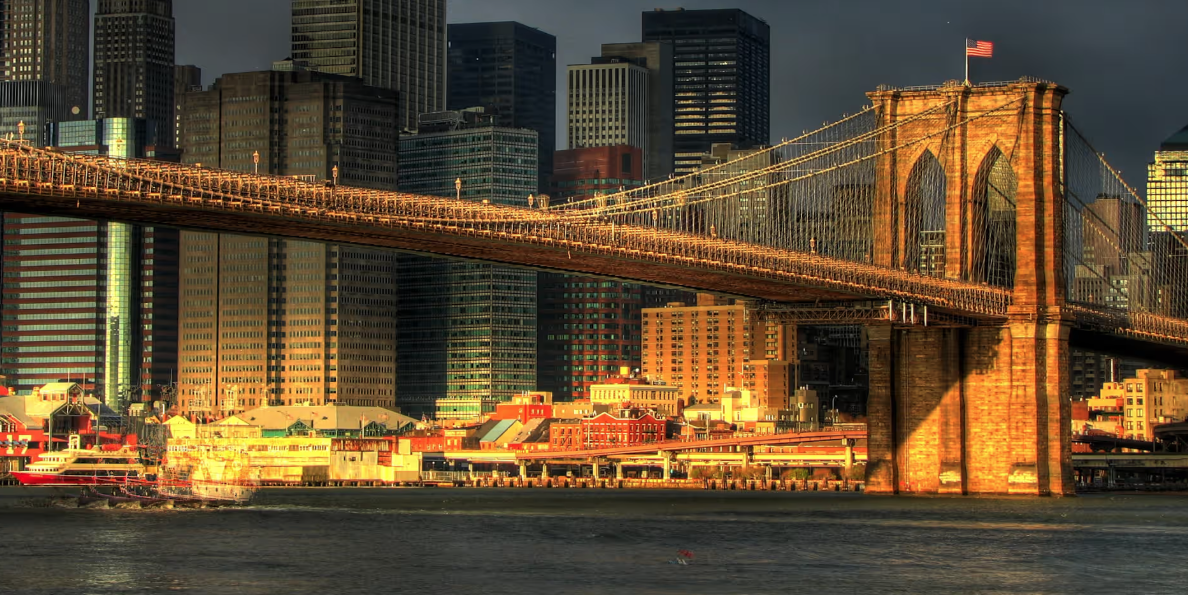
Tragically, John Roebling died of tetanus before construction began, and his son, Washington Roebling, took over the project. However, Washington himself was later bedridden due to decompression sickness (also known as “the bends”) from working in the bridge’s underwater caissons. Remarkably, his wife, Emily Warren Roebling, stepped in to manage daily operations, becoming one of the unsung heroes of the bridge’s completion.
After 14 years of relentless effort, the Brooklyn Bridge opened to the public on May 24, 1883. With a crowd of over 150,000 people crossing on the first day and President Chester A. Arthur in attendance, it was a celebration of innovation, resilience, and architectural brilliance.
The Bridge’s Design and Legacy
The bridge spans 1,595 feet (486 meters) and was the first to use steel for its cable wire. Its Gothic-style stone towers with twin arches have since become one of the most recognizable landmarks in the United States.

More than a century later, the Brooklyn Bridge is still heralded as a masterpiece of engineering. It inspired awe and earned nicknames like “The Eighth Wonder of the World.” It not only connected two boroughs but also symbolized the unification of a growing metropolis.
Brooklyn Bridge Today: A Modern Icon
Today, the Brooklyn Bridge serves over 120,000 vehicles, 30,000 pedestrians, and 4,000 cyclists daily. Beyond its utilitarian purpose, it is a magnet for tourists, photographers, artists, and locals alike.
In recent years, efforts have been made to preserve the bridge while adapting it to modern needs. In 2021, New York City unveiled a dedicated two-way bike lane on the bridge’s roadway, enhancing safety and accessibility for the growing number of cyclists.
The pedestrian walkway, elevated above the traffic lanes, offers breathtaking views of the Manhattan skyline, the Statue of Liberty, and the East River. It has become a popular spot for morning joggers, marriage proposals, photo shoots, and cultural events.
Cultural Impact and Popularity
From Hollywood films and TV shows to music videos and artwork, the Brooklyn Bridge has become a cultural icon. It symbolizes New York grit, romanticism, and grandeur. Whether shrouded in fog, lit by sunset, or framed by the Manhattan skyline at night, the bridge’s silhouette is unmistakable.
It’s not just a structure—it’s a story. A story of human ambition, technological breakthrough, and the power of community.
Fun Facts About the Brooklyn Bridge
-
When it opened in 1883, a stampede occurred just six days later due to rumors that the bridge might collapse. P.T. Barnum later marched 21 elephants across it to prove its strength.
-
The bridge’s towers are built of limestone, granite, and Rosendale cement.
-
Emily Roebling was the first person to cross the bridge after its completion, riding in a carriage with a rooster (a symbol of victory) in her lap.
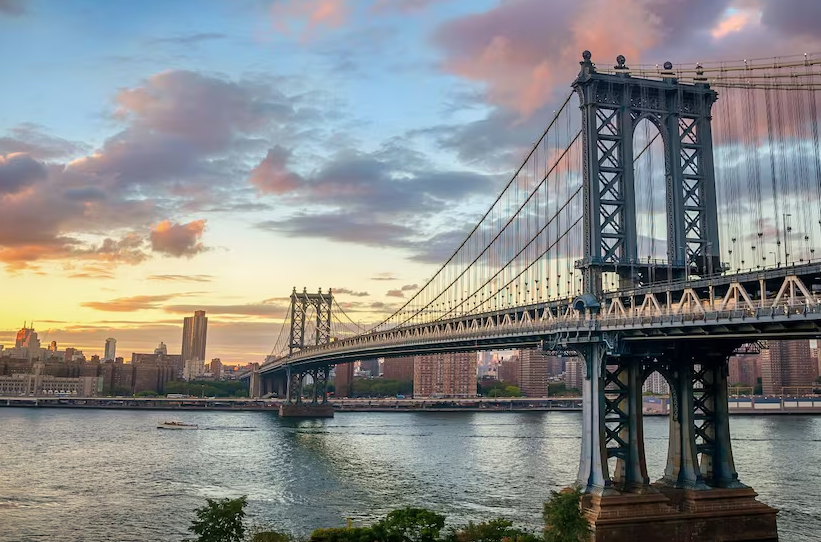
Conclusion
From its tumultuous beginnings to its place as a cherished New York City landmark, the Brooklyn Bridge stands as a testament to human ingenuity and endurance. Walking across it today, you’re not just crossing a river — you’re crossing into a story of the past and present, seamlessly woven together by stone, steel, and the spirit of a city that never sleeps.
